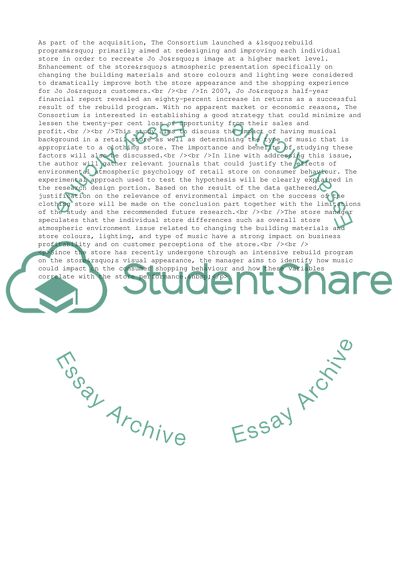Cite this document
(The Impact of Store Characteristics on Consumer Behavior and Overall S Research Paper, n.d.)
The Impact of Store Characteristics on Consumer Behavior and Overall S Research Paper. https://studentshare.org/business/1707982-the-impacts-of-store-characteristics-on-consumer-behaviour-and-overall-store-performance
The Impact of Store Characteristics on Consumer Behavior and Overall S Research Paper. https://studentshare.org/business/1707982-the-impacts-of-store-characteristics-on-consumer-behaviour-and-overall-store-performance
(The Impact of Store Characteristics on Consumer Behavior and Overall S Research Paper)
The Impact of Store Characteristics on Consumer Behavior and Overall S Research Paper. https://studentshare.org/business/1707982-the-impacts-of-store-characteristics-on-consumer-behaviour-and-overall-store-performance.
The Impact of Store Characteristics on Consumer Behavior and Overall S Research Paper. https://studentshare.org/business/1707982-the-impacts-of-store-characteristics-on-consumer-behaviour-and-overall-store-performance.
“The Impact of Store Characteristics on Consumer Behavior and Overall S Research Paper”. https://studentshare.org/business/1707982-the-impacts-of-store-characteristics-on-consumer-behaviour-and-overall-store-performance.


